
Abandoned Cleveland: Richman Bros
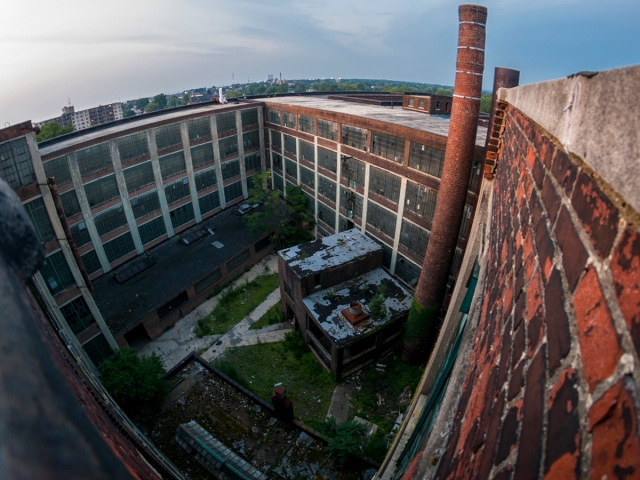
The Richman Brothers Company – once the world’s largest manufacturer of fine men’s clothing, reduced to an empty, rusting, crumbling shell. Eerily silent factory floors echo with history. A factory once so lively in its days of operation, now void of any human interaction.
The company was originally founded by Jewish-Bavarian immigrant Henry Richman Sr., alongside his brother-in-law Joseph Lehman in Portsmouth, Ohio in the year of 1853. The business was relocated to Cleveland in 1879. The move was carried out in order to bring the business closer to a large, bustling city, expanding operations and customer base. Originally known as the Lehman-Richman Company, it would undergo a name change in 1904, becoming the Richman Brothers Company upon Henry and Joseph’s retirement. Ownership of the company was transferred to Henry Sr.’s three sons Nathan, Charles, and Henry Jr.
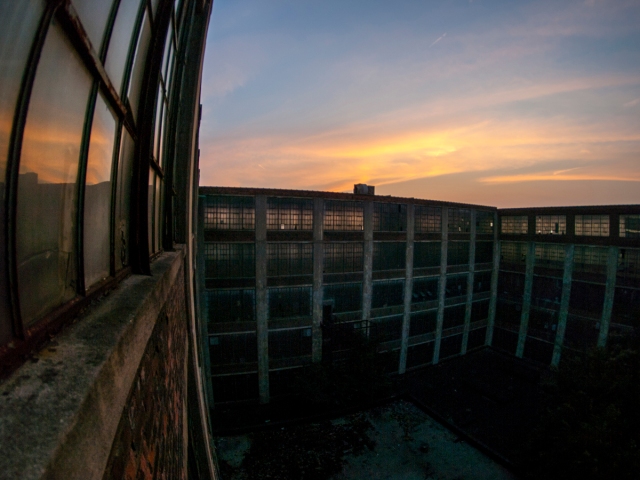
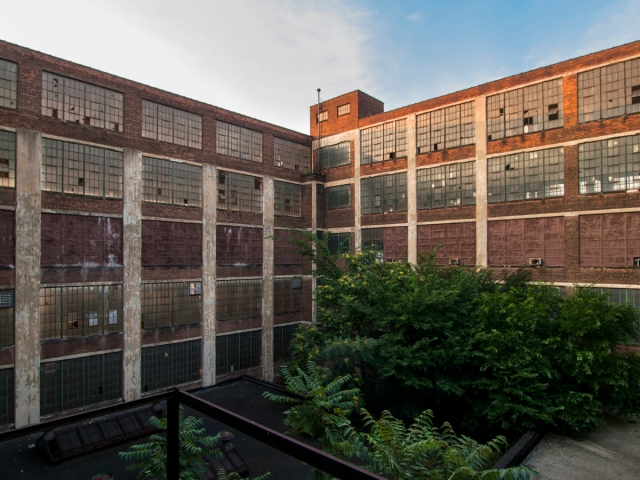
After 40 years of incredible business presence in the city, the company commissioned for a new facility to be built; a large factory along East 55th Street.
The building was designed by the Christian Schwarzenberg and Gaede Company, and constructed by the Hunkin-Conkey Construction Company. Aside from being one of the largest, the factory was also noted as the best built factory in Cleveland in 1917. By 1927, the factory measured 650,000 square feet of interior space.

Richman Brothers was known for many things in workplace history, aside from having the world’s largest cutting tables at the time. The company provided employees with working conditions previously unheard of in the garment industry, among many other industries. Richman Brothers was the first United States industrial organization to offer two weeks paid vacation for all employees. They were also the first to institute paid maternity leave, set a 36-hour work week, and offer corporate stock options. Employees felt comfortable at Richman Brothers, like they were truly part of a family. The company would even offer no interest loans to employees in need through the Richman Brothers Foundation. Such progressive ideas led to the federal government basing many workplace regulation laws we still see today off of Richman standards.

With the building being one of the staple landmarks of Cleveland at the time, the federal government took notice. The government had approached the company with a proposition to turn the site over to a military occupation to be used as a hospital for returning injured soldiers during, and after World War I. The brothers agreed to this in 1918, and opened the structure for the government to use as needed. Cleveland became the first city in the country to offer a use of their building like this to the government without expense. The Richman Brothers were greatly commended for their commitment to the war effort.
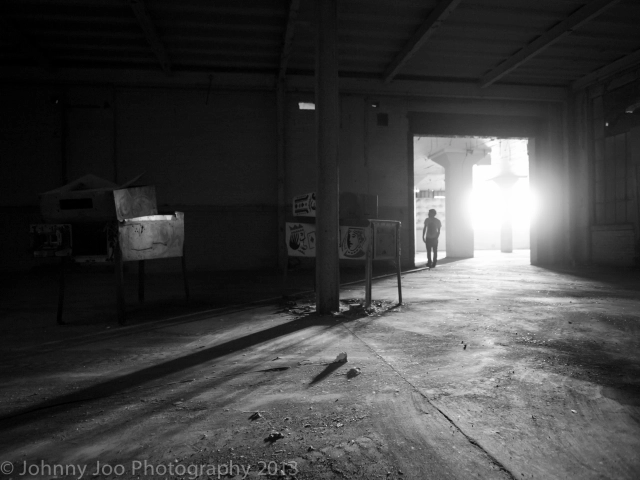
In addition to all that the brothers had done for the industrial economy, they also had fought to keep unions out of their company, seeing it as harmful to their business. The brothers had released the following statement saying, “The union plan . . . has been one to crush our business. We think this is wrong . . . to put this kind of pressure on our family.”
Of the three brothers, Nathan Richman was most credited for implementing ideas, as well as maintaining the company’s standards it had become known for. With these ideas, alongside incredible business practices, the business had grown into one of the largest men’s clothing retailers in the country. At the time of Nathan’s death in 1941, two thousand employees gathered at the open-casket services for the last surviving Richman brother.
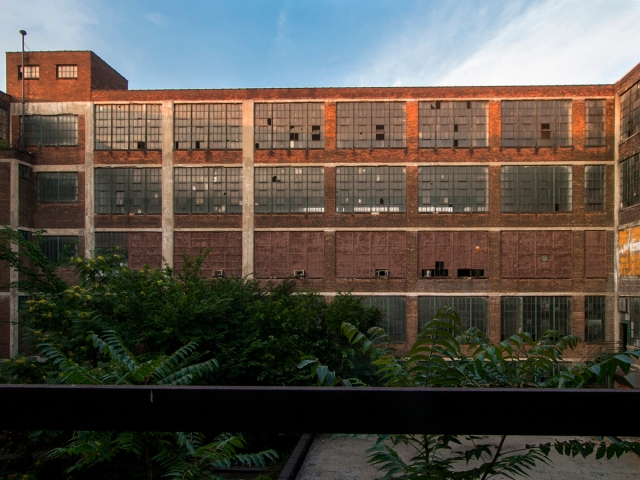
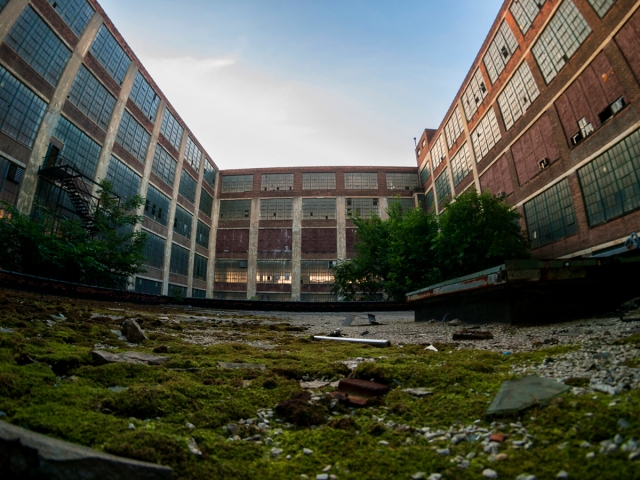
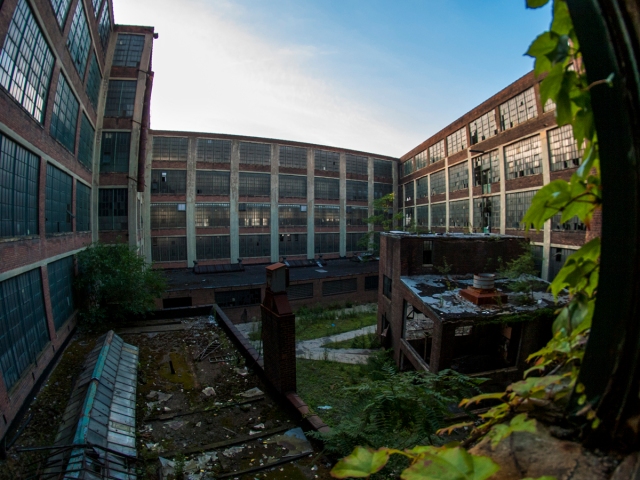
One of Nathan’s nephews would continue to successfully grow and expand operations within the business, merging with F.W. Woolworth by 1969. Woolworth kept the Richmand brand viable for the next three decades, but soon the industry would come to huge change. With large changes in industry during the 1980s, Woolworth began to close down many of its operations across the country. Due to this, by 1990, the Richman Brothers company was deemed financially unstable. The company was completely liquidated by 1992, and the empty structure looming over East 55th has remained vacant since.






so you’re password protected. bravo you don’t want people to see your photos?oh well doesn’t make sense good by
From: Architectural Afterlife To: sgunn2001@yahoo.com Sent: Monday, December 11, 2017 11:23 PM Subject: [New post] The Abandoned Richman Brothers Factory #yiv2600637927 a:hover {color:red;}#yiv2600637927 a {text-decoration:none;color:#0088cc;}#yiv2600637927 a.yiv2600637927primaryactionlink:link, #yiv2600637927 a.yiv2600637927primaryactionlink:visited {background-color:#2585B2;color:#fff;}#yiv2600637927 a.yiv2600637927primaryactionlink:hover, #yiv2600637927 a.yiv2600637927primaryactionlink:active {background-color:#11729E;color:#fff;}#yiv2600637927 WordPress.com | | |
Actually new posts go up as password protected, with early access to those helping contribute over at Patreon (contributing to running the blog, eventually making it ad-free, creating more content, etc.) – the posts go up publicly one week later. Anyway, sorry to see you go.
Norm Wulff continues to learn a lot about N-E Ohio history from your posts. Keep up the good work.
…. “The company was completely liquidated by 1992, and the empty structure looming over East 55th has remained vacant since.”
This after a quarter of a century strikes me with a slapping disbelief. The photo with the lone background standing person and the wrecked pinball machines particular drew attention for whatever reason. The connect reference to “FW Woolworth” provided an ironic unaware jarring.
My Great Aunt Dorothy worked here for many years, retiring in the early to mid 80s i believe. Your photos are both haunting and stunning Thank you for sharing and the history behind the building.
You guys are hitting up some awesome spots. I’ve done some urban exploration, one site in the UK we explored thoroughly (called the Frythe, ended up in local newspapers because someone posted a photo from inside in a ninja costume) was particularly awesome. Had a Victorian mansion, laboratories (used by glaxo and British intelligence before them), lecture halls, tennis courts, security rooms, a tower block. It’s all gone now, but super exhilarating and interesting. Unfortunately, none of us are great photographs and I’m not sure if any particular photos survive at all. Anyway, really enjoying your blog, man.
If you do find photos I’d love to see them! That sounds like a very interesting place!
I’ll try dig some out and post them. Thanks again for sharing all your work.
Most of these look like drone photos. We’re you able to get into the building recently? Everything is boarded up now and they have surveillance cameras around to monitor illegal dumping.